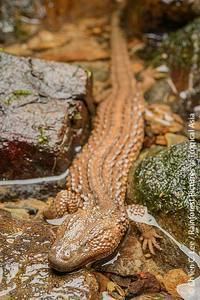Superfamily Varanoidea Scientific name Lanthanotus borneensis Rank Species | Phylum Chordata Suborder Lacertilia Family Lanthanotidae Higher classification Lanthanotus | |
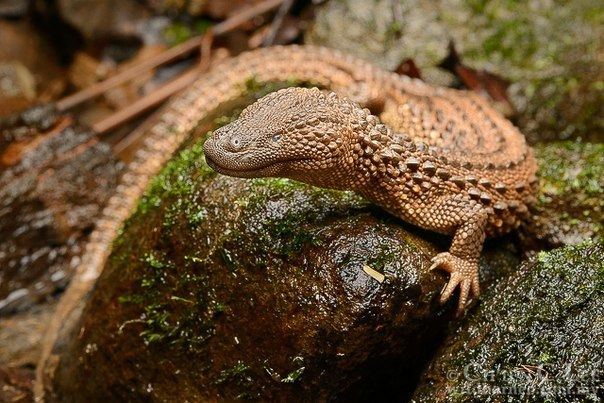 | ||
Similar Reptile, Scaled reptiles, Varanoidea, Heloderma, Anguimorpha | ||
The earless monitor lizard (Lanthanotus borneensis) is a semi-aquatic, brown lizard native to northern Borneo. It is the only species in the family Lanthanotidae, a group related to the true monitor lizards, as well as to the beaded lizards.
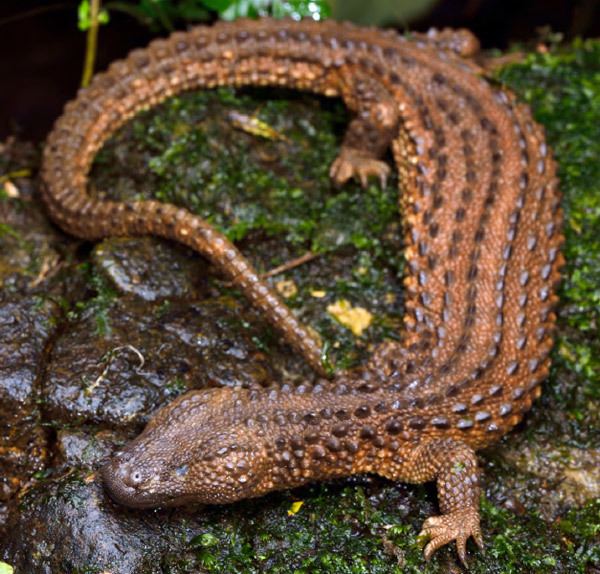
Earless monitor lizards are around 20 centimetres in length, and have reduced eyesight and limbs, a thick body, and strongly keeled scales. Despite the name, it is capable of hearing, although it lacks a tympanum or other visible signs of ears. It is a burrowing, nocturnal animal, feeding on earthworms and similar prey. In captivity, it has been known to eat squid, pieces of fish and liver. Like its closest relatives, it is oviparous, although little else is known about its reproduction.
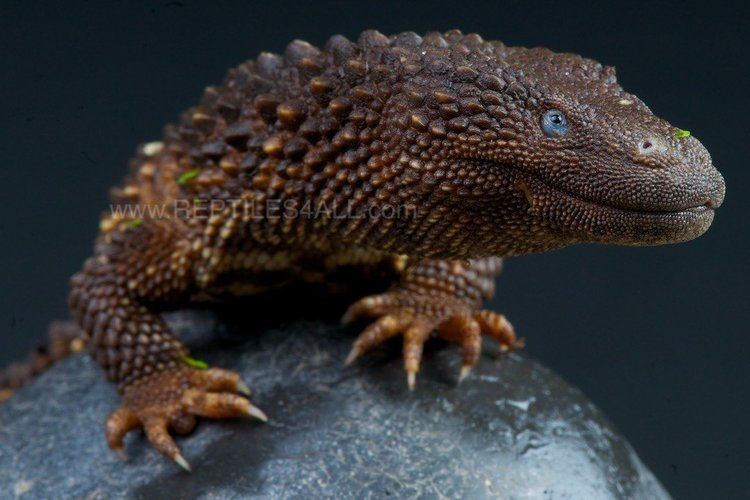
This species is very rare, and most known specimens are preserved, though these, also, are rare. The species is primarily of interest to scientists, since it is an evolutionary outgroup for both varanid and helodermatid lizards.
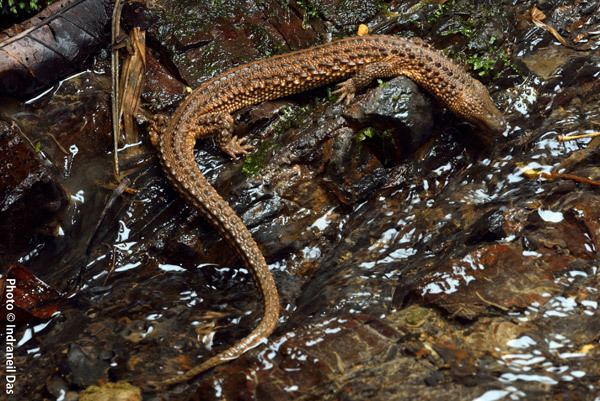
Conservation
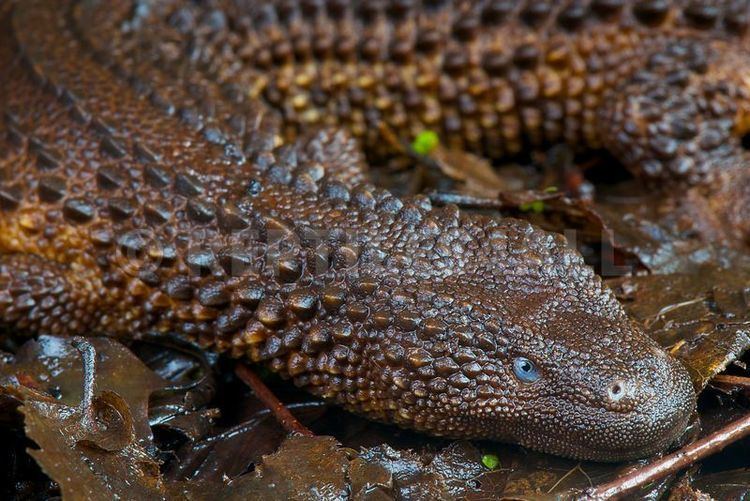
The Earless Monitor Lizard has been a totally protected species in Malaysia since 1971, in Brunei Darussalam since 1978, and in Indonesia since 1980. Penalties for trading the species that can be imposed on violators range from a fine of USD 1,600 and one year’s imprisonment (Brunei Darussalam) to USD 7,850 and three years’ imprisonment (Malaysia), to USD 8,600 and five years’ imprisonment (Indonesia). Since 2012, the species has become popular in the illegal wildlife trade, with specimens being removed from the wild in West Kalimantan, causing conservation concern. There is strong evidence proposing that the earless monitor lizard be included on CITES Appendix I.
